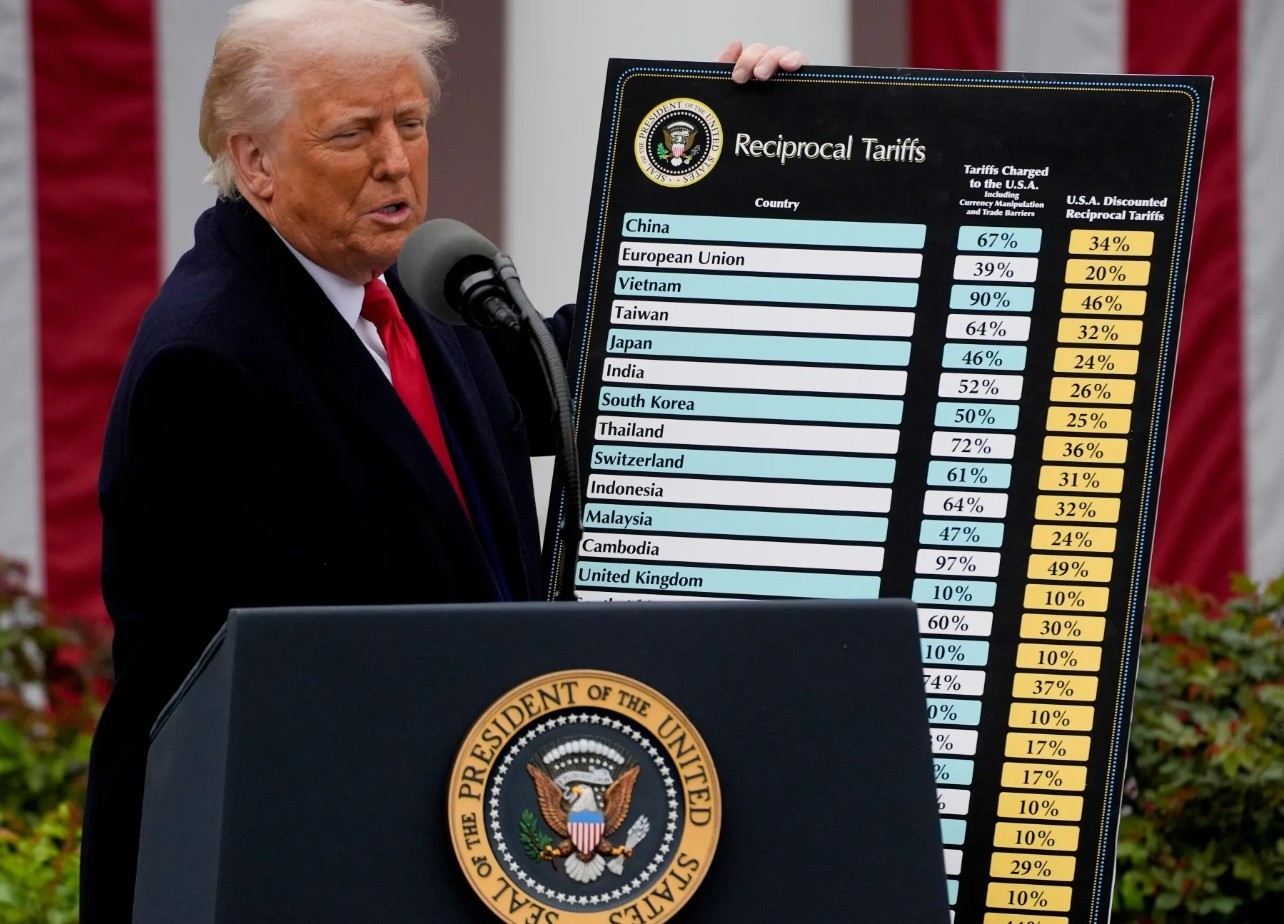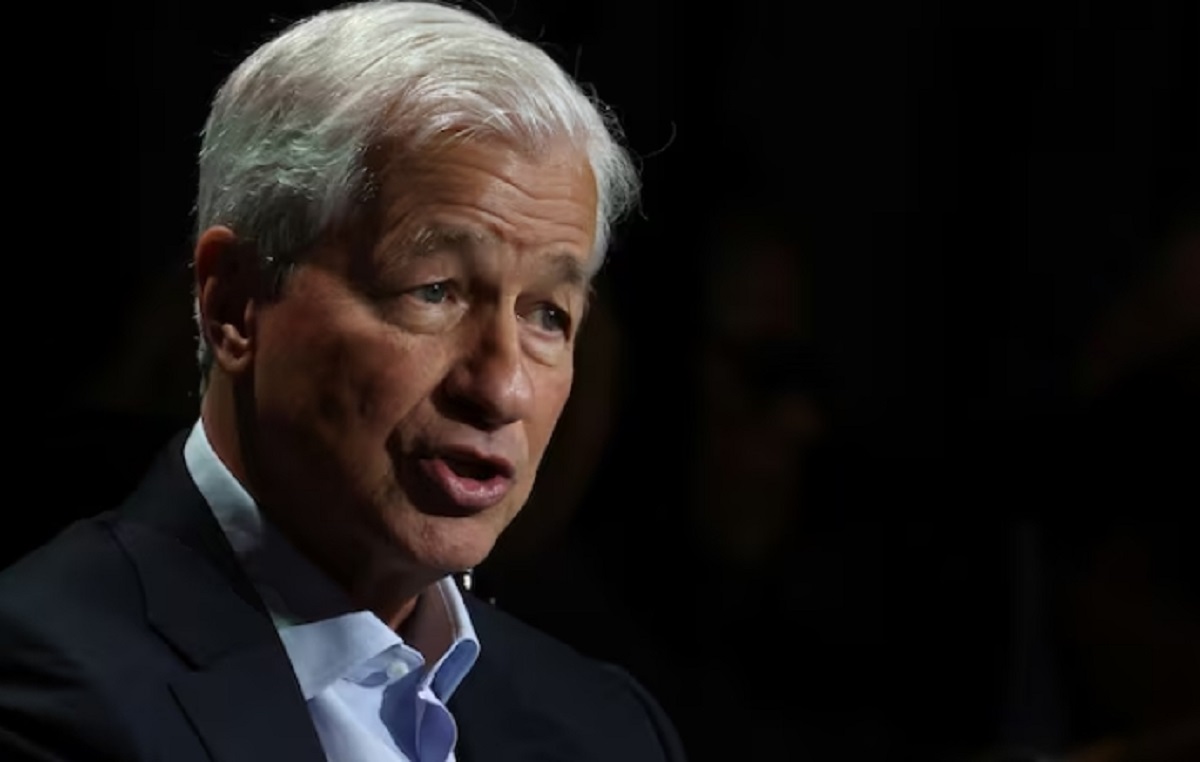Mattel’s Q1 2025 Results: Navigating Tariffs and Strategic Growth
Mattel, Inc. (NASDAQ: MTL) delivered a mixed but resilient performance in Q1 2025, balancing modest revenue growth with cost discipline and strategic moves to counteract escalating tariff pressures. While the company’s shares dipped slightly in after-hours trading—reflecting lingering investor uncertainty about macroeconomic risks—its results underscored the efficacy of its Optimizing for Profitable Growth (OPG) program and supply chain reconfiguration. Let’s dissect the key takeaways and what they mean for investors.
Ask Aime: "Mattel's Q1 2025 financial report reveals resilience amid tariff pressures and macroeconomic uncertainties."
Revenue Growth Amid Headwinds
Mattel reported $827 million in net sales, a 2% year-over-year increase (4% in constant currency), driven by strong performances in Disney Princess dolls, Hot Wheels, and UNO games. Gross billings rose 5% in constant currency, though point-of-sale (POS) sales growth remained subdued due to a delayed Easter holiday. The company’s adjusted EPS of -$0.05 outperformed estimates, reflecting improved cost management and operational efficiency.
Ask Aime: What impact did Mattel's Q1 2025 results have on the toy sector?
Margin Expansion and Cost Discipline
The star of Q1 was margin improvement. Gross margin expanded by 130 basis points to 49.6%, aided by reduced inventory costs (e.g., fewer closeouts), savings from the OPG program, and strict cost controls. The OPG initiative alone generated $19 million in Q1 savings, bringing cumulative savings to $103 million since its 2024 launch. With the program’s 2025 target raised to $80 million (up from $60 million), mattel now aims for $200 million in cumulative savings by 2026—a critical buffer against rising costs.
Tariff Mitigation: A Structural Overhaul
The $270 million potential tariff impact in 2025—driven by U.S. duties on Chinese imports—has prompted aggressive supply chain restructuring. Mattel plans to reduce China’s production share to <40% by 2025 (from an industry average of 80%) and relocate 500 SKUs from China to other regions, up from 280 in 2024. By 2027, U.S. imports from China could drop to <10%, with increased sourcing from India and the U.S. itself.
The company is also optimizing its product mix (e.g., dual-sourcing UNO toys in China and India) and implementing modest price increases for 40–50% of U.S. products to offset costs. These moves, alongside accelerated OPG savings and reduced promotions, are designed to “fully offset” tariff impacts, as CFO Anthony DiSilvestro emphasized.
Geographic and Product Performance
- North America: Sales grew 2%, with Canada delivering double-digit gains.
- EMEA: 8% growth, driven by broad regional demand.
- Asia Pacific: 12% growth, fueled by Australia, India, and China.
- Latin America: Declined 7% due to inventory reductions by retailers, though global retail inventory remains at “healthy” high single-digit increases.
Category highlights include 14% growth in challenger brands (e.g., Minecraft, Jurassic World action figures) and 6% growth in Hot Wheels, while dolls (Barbie, American Girl) stagnated.
Entertainment and IP Expansion
Mattel is doubling down on content-driven growth, with upcoming releases like the Masters of the Universe movie (2026), Netflix’s Hot Wheels Let’s Race, and a Barbie special. Licensing deals with WWE, Disney (Toy Story 5), and DC Comics further bolster its IP pipeline. These initiatives aim to replicate the success of its $1.4 billion Barbie film, which revitalized the brand’s cultural relevance.
Financial Health and Capital Allocation
Mattel’s $1.24 billion cash balance (up $113 million year-over-year) and disciplined capital allocation remain strengths. The company has repurchased $760 million in shares since 2023, including $160 million in Q1, with a $600 million 2025 target intact. Its leverage ratio improved to 2.2x, reflecting stronger EBITDA and manageable debt of $2.34 billion.
Risks and Outlook
While Mattel’s strategies are credible, risks persist. The suspension of full-year guidance underscores uncertainty around tariff timing and macroeconomic conditions. Q3 2025 will mark the first tariff-impact quarter, and any delays in supply chain transitions could strain margins. Additionally, the Latin America sales decline and flat Barbie performance hint at execution challenges in key markets.
Conclusion: A Resilient Play with Long-Term Upside
Mattel’s Q1 results demonstrate that its operational and strategic shifts are paying off. With $200 million in cumulative OPG savings by 2026, supply chain diversification nearing completion, and a $1.24 billion cash war chest, the company is positioned to weather near-term tariff headwinds. Its entertainment and licensing strategies—leveraging hits like Barbie and Hot Wheels—offer durable revenue streams, while share buybacks (now totaling $760 million) signal confidence in its valuation.
While investors may remain cautious in the near term, the combination of margin resilience, disciplined capital allocation, and content-driven growth makes Mattel a compelling long-term investment. At a P/E of 10.3x and EV/EBITDA of 7.24x, the stock trades at a discount to peers, offering a margin of safety for those willing to bet on its execution.
As the world’s largest toy company navigates its next phase of transformation, Mattel’s ability to balance cost discipline with creative innovation could position it as a leader in an increasingly content-driven consumer landscape.










